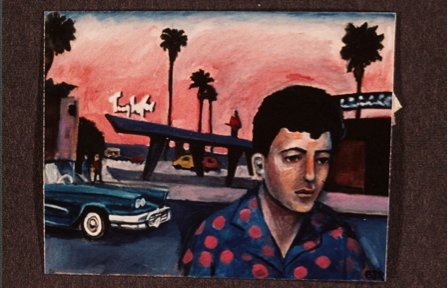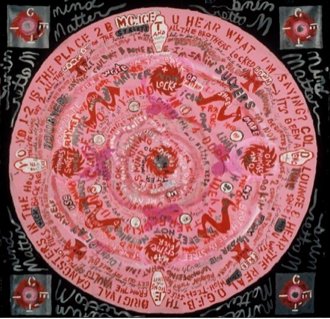American author, political activist and lecturer Helen Keller once said, “The most pathetic person in the world is someone who has sight, but has no vision,” (Helen Keller, 1880-1968). We meet different people every single day of our lives, some pass through our lives and nothing changes while others light a spark in us; they inspire us with their words, actions and stories. They astound us with their genuine determination to grow and innovate no matter what condition they are in. Like Helen Keller, many people with physical disabilities have enabled themselves to prove that any obstacle can be overcome if you try hard enough.
“Now, I am inspired less by what I see and more by what I hear, remember and imagine.” (Barbara Romaine). Barbara Romaine is a visual, performing and teaching artist who was diagnosed with retinal degenerative disease in 1984. The news struck her hard and she was not sure that she could go on as a “visual” artist. “I questioned my ability to continue painting, and slowly transformed my thinking and techniques to incorporate my physical limitations as an integral part of my work.” (Barbara Romaine).
That transformation and change in technique that occurred can be seen clearly throughout her work; it has become more expressive and more personal and interesting. Before losing her eyesight, her brush strokes were subtle, the subjects typical and inspired by her surroundings..

After losing her eyesight she began to refer to her other senses to create a painting. For example, her painting below, Mind Over Matter, was inspired my music. She responded to each element of music with a gesture, a layer, and a stroke. She repeatedly listened to that particular piece of music until she felt like she was satisfied.

Dr. Taha Hussein (1889-1973), who was nicknamed “Dean of the Arabic Literature), was a blind 20th century influential writer. Beethoven (1770-1827) was a deaf music composer. Claude Monet (1840-1926) was a founder of the French impressionist painting and an iconic visual artist. All of these people have embraced their so-called disability; they accepted it and spent a large amount of time and effort into dealing with it and understanding it. Eventually, that made them stronger and pushed them to accomplish things that they might have not done otherwise.
“The problem is not that the (deaf) students do not hear. The problem is that the hearing world does not listen. “ (Rev Jesse L. Jackson, American Civil Rights Activist, Minister). When we will be ready to look at people beyond their physical capabilities, we will see their true potential and what they are capable of bringing into our lives and into society; even though they might have a physical condition, their mentality is as pure and abounding as anyone else.
Looking Beyond One's Physical Disability
More from Hamda Al Hashemi (@Hamda_alhashemi)




Young parents should now understand the need to let your child express themselves openly. Scribbling or doodling is the first step. Doesn't matter if they colour outside of the circle let them express everything and not comform to your institutional way of thinking. Let their creativity know no boundaries and be ready for them to out grow you as well as educate you.
Very insightful … thank you .. lovely piece!
So true and loved the way you introduced the subject. I hope more ppl strive in the path of their goals and not let obstacles get in their way
I think that one of the ways of motivating ourselves into overcoming these obstacles is looking more into people who have accomplished so much. Because the bigger the accomplishment, the more difficult are the obstacles.